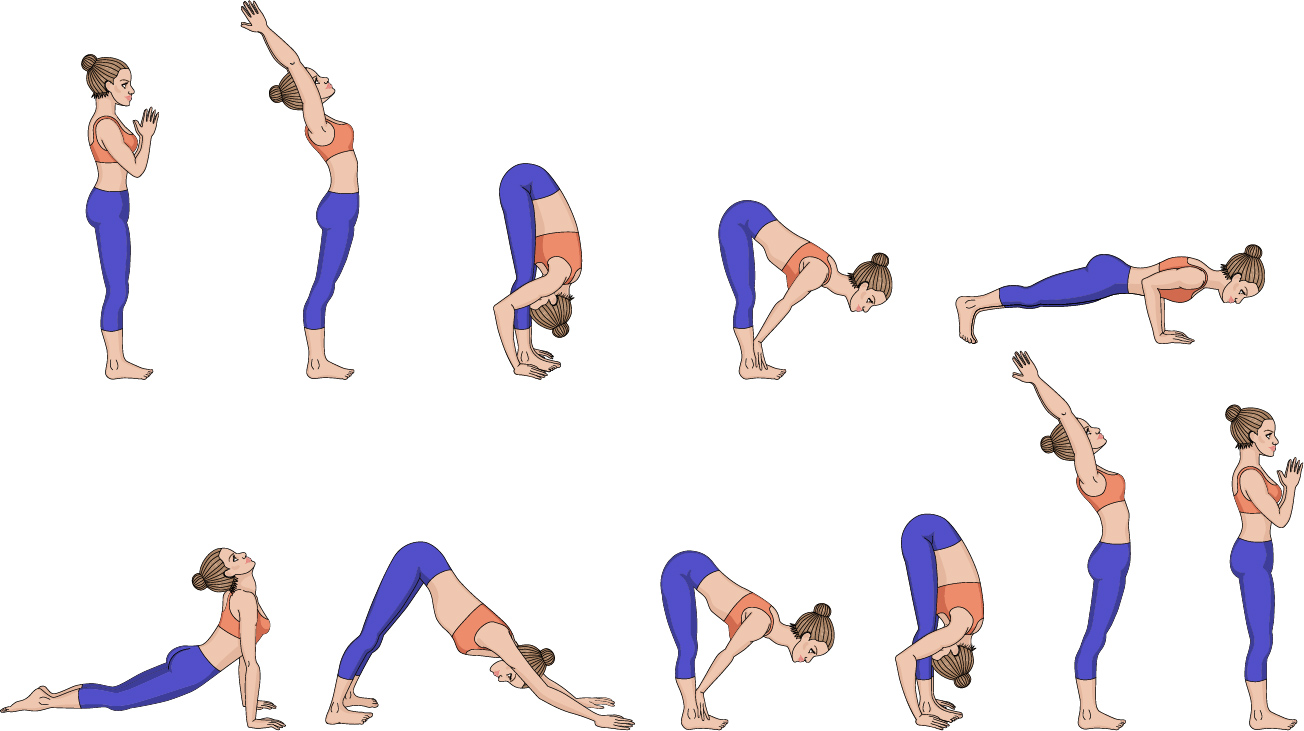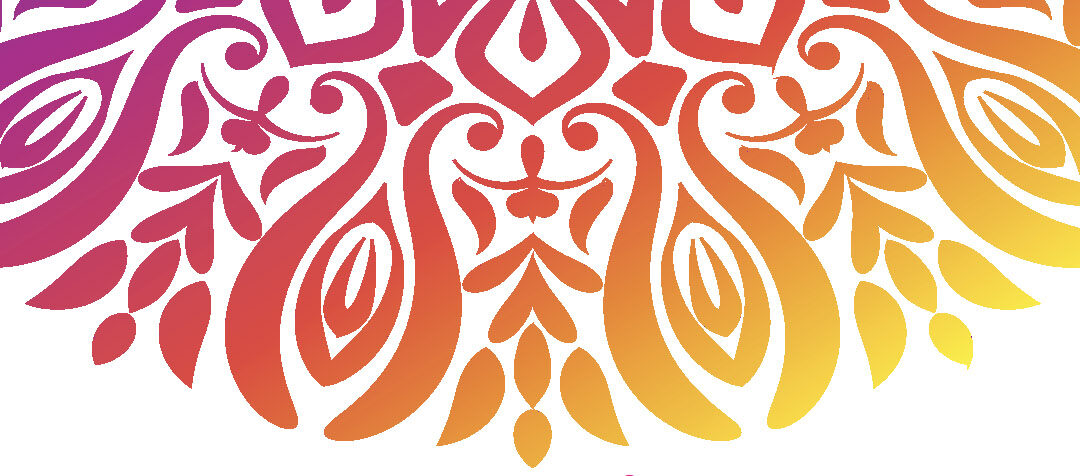
I Found My Thrill on Blueberry Hill
By Natasha Kubis
Nothing proclaims summer better than fresh, sweet, nutritious, and beautiful blueberries. July marks National Blueberry Month, and the celebration of one of our most beloved fruits. They are native to North America, and have been used by Native Americans for centuries for food and medicinal purposes. It is surprising that blueberries were not actually domesticated until 1916, when a couple of agricultural pioneers from New Jersey decided to tame the wild nature of blueberries by creating a hybrid that could be commercially grown. This was the turning point that brought them from farm to table, thus creating the flourishing industry for cultivated blueberries we have today.
A growing body of positive scientific research supports the many health benefits of this delicious fruit. Here are just a few of their many benefits:
They are an excellent source of vitamin C, which helps protect cells against damage, and aids in the absorption of iron.
They also contain a decent amount of soluble fiber, which slows down the rate at which sugar is released into the bloodstream, and helps to keep the digestive system functioning well.
Blueberries are rich in phytochemicals, which are the naturally occurring plant compounds responsible for the blue, indigo, and red coloring. Phytochemicals have been researched extensively for their antioxidant action that helps protect the body against a long list of diseases. Epidemiological studies associate regular intake of blueberries with a reduced risk of cardiovascular disease and type 2 diabetes.
Blueberries have a reputation for being jam-packed with antioxidants compared to other common fruits. Antioxidants are compounds that protect against the oxidative cell damage that naturally occurs with age, chronic sun exposure, environmental toxins, and stress.
The Journals of Gerontology published a systematic review of the effects of flavonoid-rich blueberries (flavonoids are a group of plant metabolites thought to provide health benefits through cell signalling pathways and antioxidant effects) on cognitive performance as we age. The 11 studies included children, older adults, and adults with mild cognitive impairments. For children who were given a blueberry supplement, there were consistent improvements in memory and executive function, which relates to the ability to control behavior. Older adults and adults with mild cognitive impairments receiving blueberry supplements experienced these, as well as improved psychomotor function, including coordination and dexterity.
Have fun celebrating National Blueberry Month by picking fresh blueberries, and making some delicious and nutritious recipes featured!
Blueberry
Smoothie Bowl
Smoothie
1 cup of frozen blueberries
1 container (5.3 ounces) of vanilla dairy or nondairy yogurt
1/2 of a frozen banana
3 tablespoons of dairy or nondairy milk
Toppings
1/2 cup of fresh blueberries
1/2 cup of sliced peaches
1/4 cup of granola
2 tablespoons of flax seeds
2 tablespoons of sliced walnuts
2 tablespoons of flaked coconut
Purée blueberries, yogurt, banana, and milk in a blender until smooth. Transfer to a bowl.
Top with berries, sliced peaches, granola, flax seeds, walnuts, and coconut.
Gluten Free Blueberry Crumble
Blueberry base:
4 cups of fresh blueberries
2 tablespoons of maple syrup
1 tablespoon of lemon juice
1 teaspoon of vanilla extract
1 tablespoon of cornstarch
Crumble:
1 cup of your favorite granola,
or rolled oats
1 cup of chopped walnuts
1 cup of almond flour
1/4 teaspoon of salt
1/2 cup of maple syrup
1/3 cup of butter, vegan margarine, or coconut oil (melted).
1 teaspoon of vanilla extract
Preheat the oven to 350F.
In a large bowl, mix the blueberries, maple syrup, lemon juice, and vanilla. Add the cornstarch and toss the blueberries.
Spoon the berries into an 8×8 inch pan.
In another bowl, mix the granola, walnuts, almond flour, and salt. Stir in the maple syrup, butter, and vanilla until well combined.
Next, spread the crumble on top of the blueberries.
Bake in the oven for 40 minutes or until the topping is golden brown.
Let cool completely, and top with whipped cream, ice cream, yogurt, or cinnamon.
“Pick Your Own”
Blueberry Farms:
The Berry Farm
2260 Revere Rd.
Marshall, NC 28753
(828) 656-2056
Cloud 9 Farms
137 Bob Barnwell Rd.
Fletcher, NC 28732
(828) 628-1758
Dogwood Hills Farm
369 Ox Creek Rd.
Weaverville, NC 28787
(828)645-6286
Hickory Nut Gap Farm
57 Sugar Hollow Road
Fairview, NC 28730
(828) 628-1027
Natasha Kubis is a licensed acupuncturist and certified yoga teacher. For more information, visit acuwellhealth.com






